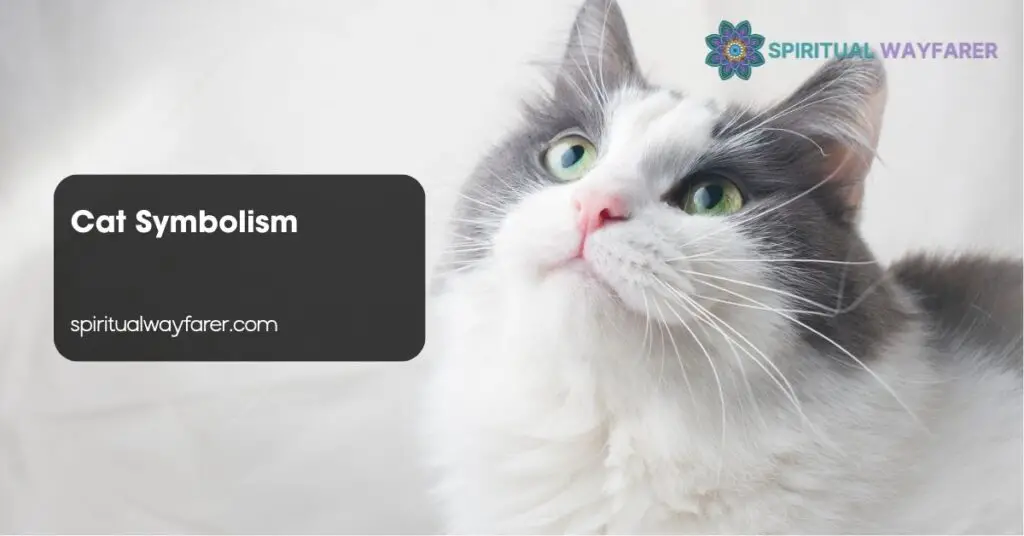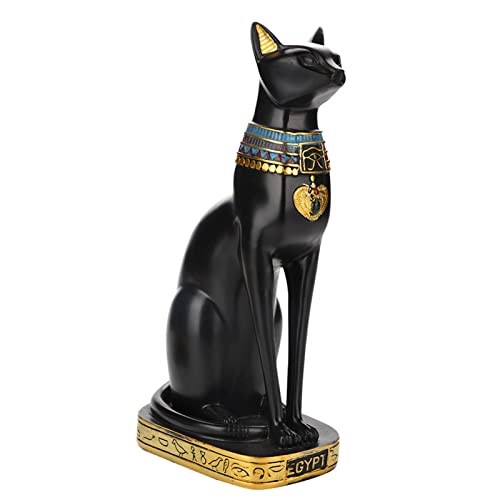Cats have intrigued us for centuries, weaving their mysterious presence into our cultures and beliefs. Their graceful movements and enigmatic behavior have made them powerful symbols across various societies. We investigate into the rich tapestry of cat symbolism to uncover the deeper meanings these felines hold in our lives.
From ancient Egypt’s revered guardians to modern interpretations of independence and intuition, cats embody a range of traits that resonate with us today. Understanding these symbols can enhance our connection with these captivating creatures and shed light on the roles they play in our personal and collective narratives. Join us as we explore the intriguing area of cat symbolism and discover the hidden messages that these elegant animals bring into our lives.
Historical Significance of Cats

Cats have held profound roles across various civilizations, embodying diverse symbolic meanings that reflect their unique relationship with humans.
Ancient Egypt
In ancient Egypt, cats symbolized protection and divinity. They guarded households against pests and evil spirits, earning reverence as sacred animals. The goddess Bastet, depicted with a feline head, represented home, fertility, and childbirth. Killing a cat, even accidentally, was punishable by death, highlighting their esteemed status. Also, families often mummified their cats, believing they would accompany owners in the afterlife.
Norse Mythology
Norse mythology portrays cats as symbols of fertility and prosperity. The goddess Freyja, associated with love and beauty, rode a chariot drawn by two large cats. These feline companions facilitated her travels and represented her nurturing nature. Beyond mythology, cats were believed to bring good fortune to households. Norse sailors kept cats aboard ships to ensure safe voyages and protect valuable cargo from rodents. Their presence was thought to appease sea deities, securing favorable weather and successful journeys.
Cats in Different Cultures
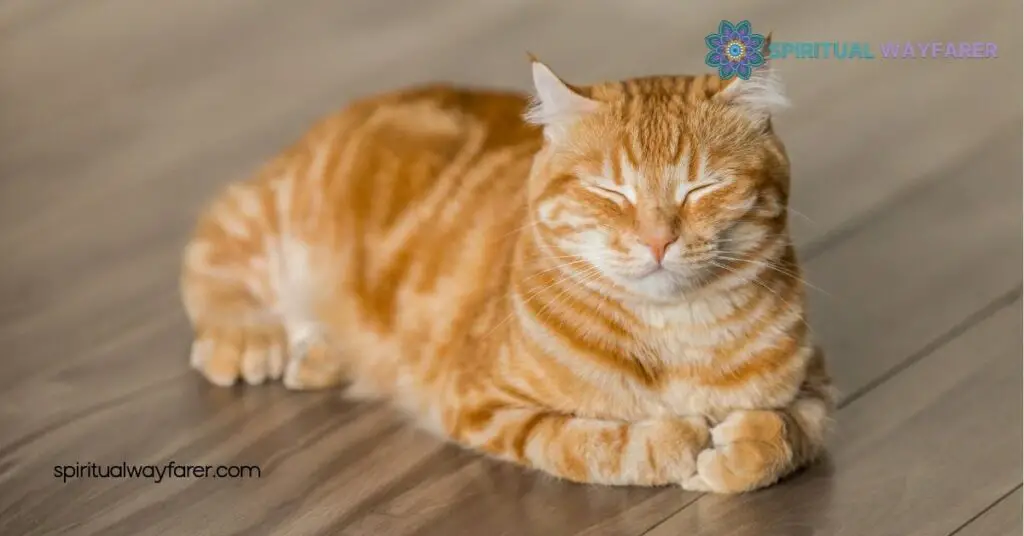
Cats hold diverse symbolic meanings across various societies, illustrating their unique roles and traits.
Japanese Symbolism
In Japanese culture, cats symbolize good fortune and protection. The Maneki-neko, a popular figurine, attracts prosperity and positive energy into homes and businesses. Black cats in Japan guard against evil spirits, improving their revered status in folklore and daily life.
Celtic Beliefs
Celtic traditions associate cats with strength and independence. They represent protection and link to warrior spirits. In Celtic mythology, cats complement deities, embodying courage and resilience, and safeguard households from misfortune.
Cat Symbolism in Literature
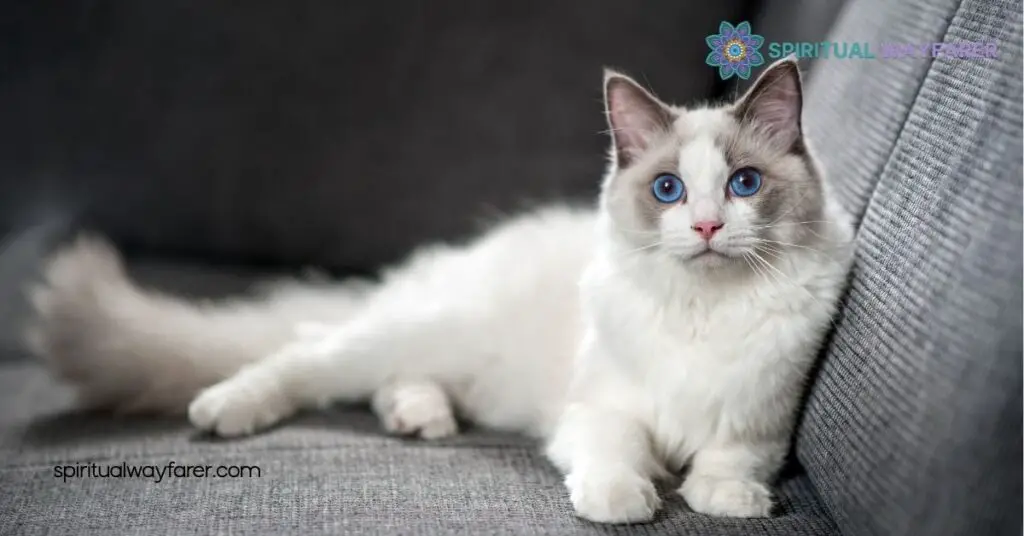
Cats hold important symbolic meanings in various literary works, reflecting diverse themes and emotions.
Classic Literature
In Edgar Allan Poe’s “The Black Cat,” the feline represents guilt, madness, and the supernatural. The narrator’s mistreatment of the cat mirrors his psychological decline, with the cat serving as a constant reminder of his past cruelties. The emergence of a second cat, resembling the first, underscores the narrator’s inescapable guilt and his inability to reconcile with his previous actions.
H.P. Lovecraft’s “The Cats of Ulthar” portrays cats as symbols of justice, the supernatural, and ancient traditions. The story highlights the mystical powers of cats and the repercussions of harming them, emphasizing themes of retribution and the enduring influence of ancient customs.
Contemporary Works
Modern literature continues to explore cat symbolism, often highlighting themes of mystery, independence, and transformation. In J.K. Rowling’s “Harry Potter” series, Mrs. Norris symbolizes protection and loyalty, reflecting the house’s values. Also, in Neil Gaiman’s “The Sandman,” cats embody otherworldly wisdom and serve as guides between realms. These contemporary representations maintain the rich symbolic legacy of cats, adapting their meanings to fit current narratives and cultural contexts.
Psychological Interpretations
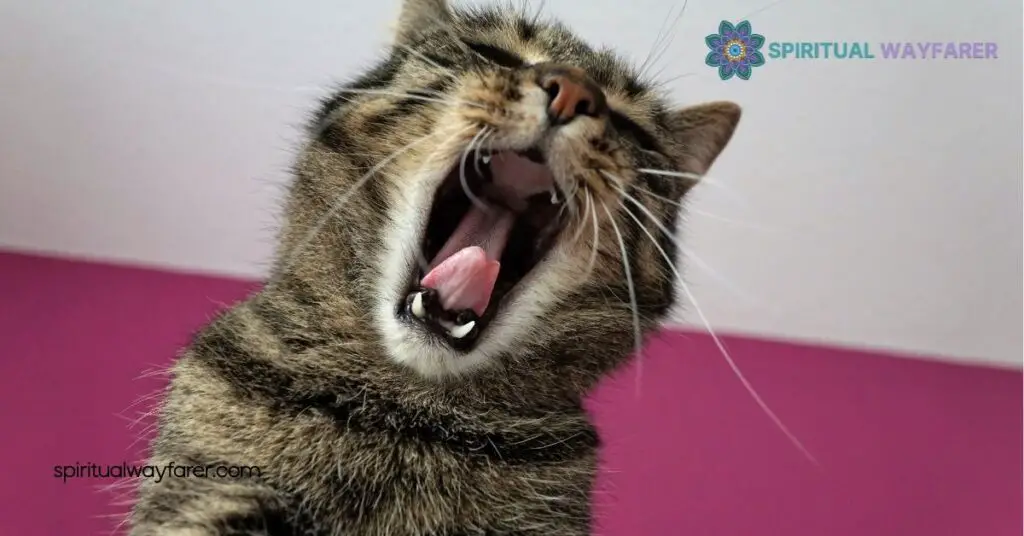
Cat symbolism offers deep insights into human psychology. We investigate into Freudian analysis and Jungian perspectives to uncover these meanings.
Freudian Analysis
Freud viewed cats as symbols of the unconscious mind. They embody repressed desires and hidden emotions. In “The Black Cat,” the feline represents guilt and madness, reflecting the protagonist’s inner turmoil. This interpretation aligns with Freud’s theory on the influence of the subconscious on human behavior. Cats, hence, act as mirrors to our deepest psychological states.
Jungian Perspectives
Jung saw cats as archetypes of the shadow self. They symbolize mystery, independence, and intuition. According to Jungian theory, cats in dreams or literature highlight aspects of our unconscious. Their presence encourages exploration of hidden traits and inner wisdom. By integrating these feline symbols, we gain a better understanding of our personal and collective psyche.
Conclusion
Cats have woven themselves into the fabric of human culture and consciousness. Their rich symbolism reflects our shared history and the diverse traits we admire and seek within ourselves. By appreciating the depth of cat symbolism, we enhance our connection with these mysterious companions. Embracing their meanings allows us to celebrate the qualities they embody, enriching our lives with their presence and the timeless stories they inspire.
Frequently Asked Questions
What is the historical significance of cats in ancient Egypt?
In ancient Egypt, cats were revered as sacred animals symbolizing protection and divinity. They were associated with deities like Bastet, the goddess of home and fertility, and were believed to guard households against evil spirits. Egyptians valued cats for their hunting skills, protecting grain stores from pests. Killing a cat was a severe crime, often punishable by death. The high status of cats in Egyptian society highlights their importance in daily life and religious practices, reflecting the deep respect and admiration the ancient Egyptians had for these graceful creatures.
How are cats symbolized in Norse mythology?
In Norse mythology, cats are symbols of fertility and prosperity. They are closely associated with the goddess Freyja, who rides in a chariot drawn by cats. These felines are believed to bring good fortune to households and represent abundance. Cats in Norse tales signify strength and protection, embodying the nurturing and bountiful aspects of Freyja’s domain. Their presence in mythology underscores the cultural importance of cats as guardians and blessings, highlighting their role in ensuring prosperity and safeguarding the well-being of their owners.
What does the Maneki-neko represent in Japanese culture?
The Maneki-neko, or “beckoning cat,” is a popular symbol in Japanese culture representing good fortune and protection. Often found in shops and businesses, this figurine is believed to attract prosperity and success. The raised paw of the Maneki-neko signifies a welcoming gesture, inviting customers and positive energy. Different colors and positions of the paw convey various meanings, such as wealth, happiness, or protection from evil spirits. This iconic symbol reflects the Japanese belief in cats as bringers of luck and guardians of good fortune.
How are cats portrayed in literature?
Cats hold significant symbolic meanings in literature, reflecting various themes and emotions. In Edgar Allan Poe’s “The Black Cat,” the feline symbolizes guilt and madness, while H.P. Lovecraft’s “The Cats of Ulthar” portrays them as symbols of justice and ancient traditions. Contemporary works like J.K. Rowling’s “Harry Potter” series and Neil Gaiman’s “The Sandman” emphasize themes of protection, loyalty, mystery, and transformation. These portrayals highlight the multifaceted roles of cats in storytelling, using their enigmatic nature to convey deeper psychological and emotional narratives.
What are the psychological interpretations of cat symbolism?
Psychologically, cats symbolize the unconscious mind and hidden emotions. Freudian perspectives view cats as representations of repressed desires, as seen in “The Black Cat,” reflecting the protagonist’s inner turmoil. Jungian theory interprets cats as archetypes of the shadow self, embodying mystery and intuition. This symbolism encourages the exploration of hidden traits and inner wisdom. Understanding cat symbolism through these lenses offers insights into personal and collective psyches, revealing how these elegant creatures mirror our subconscious and foster self-awareness.
Why are black cats associated with good or bad fortune?
Black cats hold dual symbolism across cultures. In Japanese culture, they are revered for guarding against evil spirits and attracting good fortune, as seen with the Maneki-neko figurine. Conversely, in some Western traditions, black cats are often associated with bad luck or superstition, particularly around Halloween. This contrasting symbolism stems from varying cultural beliefs and historical contexts, reflecting how the perception of black cats can differ significantly. Understanding these diverse interpretations highlights the complex role cats play in cultural superstitions and folklore.
How have modern beliefs about cat symbolism evolved?
Modern beliefs about cat symbolism have expanded beyond traditional roles, emphasizing traits like independence, intuition, and mystery. Today, cats are often seen as companions that embody personal freedom and emotional depth. In literature and media, they continue to symbolize protection, loyalty, and transformation, adapting to contemporary themes. Additionally, psychological interpretations have gained prominence, linking cat symbolism to self-exploration and inner wisdom. This evolution reflects society’s ongoing fascination with cats and their enduring significance in both cultural and personal contexts.
What roles do cats play in different cultural beliefs?
Cats play diverse roles across various cultural beliefs. In Egyptian culture, they are sacred guardians symbolizing protection and divinity. Norse mythology links cats to fertility and prosperity, while Japanese traditions use the Maneki-neko to attract good fortune. Celtic beliefs associate cats with strength, independence, and protection from misfortune. In Western folklore, cats can represent both good luck and superstition. These varied roles highlight the universal admiration for cats and their ability to embody essential cultural values, reinforcing their significance as symbols of protection, prosperity, and resilience.

